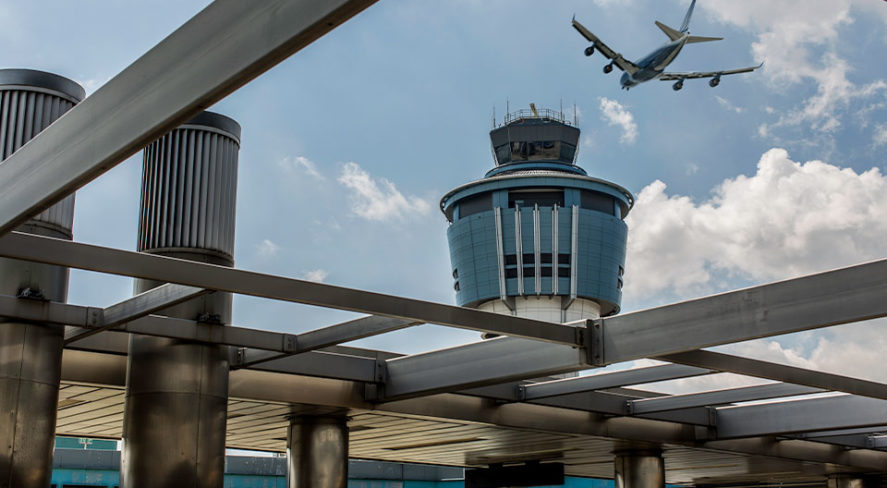A Solution to Funding Security Needs of American Airports

While many assume U.S. airports are funded primarily through taxpayer dollars, the truth is that it is a combination of local user-fees called the Passenger Facility Charges (PFC) and airport-generated revenue from tenant rents and fees, in addition to federal grants through the Federal Aviation Administration’s Airport Improvement Program. Airports often turn to capital markets to finance infrastructure projects, using revenue from both PFCs and airport services to repay the bonds; however, the industry’s current financing model lacks stable, predictable sources of funding that keep pace with travel growth, rising construction costs and inflation.
The Airports Council International of North America (ACI-NA), which represents America’s airport owners and operators, has released survey result indicating that over $128 billion is needed to address the current infrastructure funding shortfall that America’s airports are presently facing, from 2019-2023. The funding shortfall has placed higher demands on facilities, workers and security systems throughout America’s airports. The ACI-NA report projects that at least $1.5 billion is required to meet the security needs of U.S. airports over the next 4 years. (See the report here.)
Modernizing America’s airports must be a major component of any infrastructure modernization initiative in Congress. Last week, the House Transportation and Infrastructure Committee held a hearing, The Cost of Doing Nothing: Why Investment in our Nation’s Airports Matters, which examined these issues. Airport officials emphasized the need for a key financing mechanism to meet these needs, such as increasing the federal cap on PFCs, which has not been changed in nearly 20 years. This would avoid the need to levy new taxes or an increase federal deficit spending for infrastructure projects. PFCs are already the main source of revenue to finance security projects for airports but been fixed at a maximum of $4.50 per leg of a journey (up to $18.00 per round trip) for the last two decades. The purchasing power of PFCS has eroded by 50 percent since the year 2000 due to inflation. Rep. John Katko, R-N.Y., further said “non-secure areas of airports are a huge vulnerability for travelers along with being an infrastructure and anti-terrorism concern.”
SIA’s Position
As a member of the ACI “Beyond the Runway Coalition,” the Security Industry Association (SIA) strongly supports increasing the federal cap for the PFC as a sensible way to assist airports through infrastructure modernization legislation. This would allow airports to retake local control of their own investment decisions, while receiving the funding necessary for making needed renovations and upgrading security devices in airports. Such renovations that have been identified by airports as critically need, induce improvements in improved perimeter security, landside security, automated screening lanes, public area security and check point security, along with the necessary hardware and software to execute such measures. Currently, SIA supports the introduced Investing in America: Rebuilding America’s Airport Infrastructure Act, which lifts the cap on the federal cap on the PFC.
Track Legislation That Matters to You
SIA’s Security Policy Brief is an online, interactive tracking tool helps you follow legislation and its progress at both federal and state levels. You can search for and follow topics (e.g., biometrics) or track legislation by state. All bills listed have been identified by SIA government relations as having potential impact on the security industry.
All employees of SIA member companies can access this tracking tool. (Don’t have an account? Create one here.)
